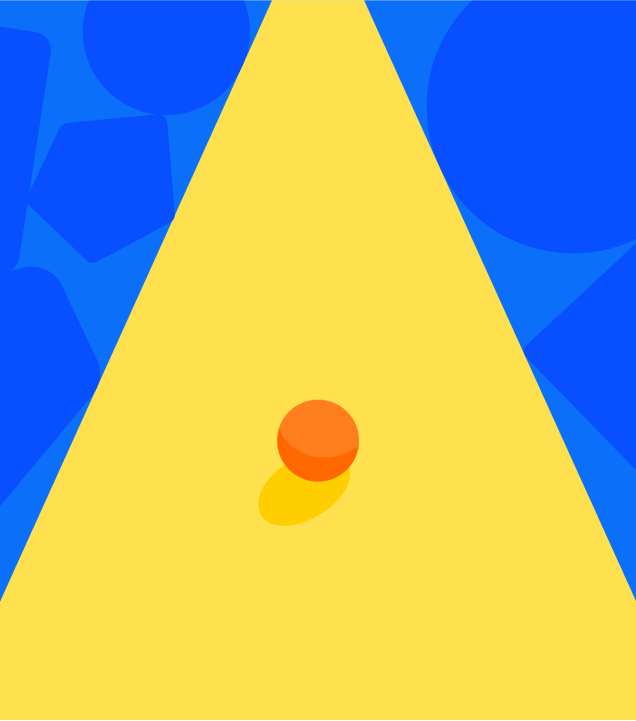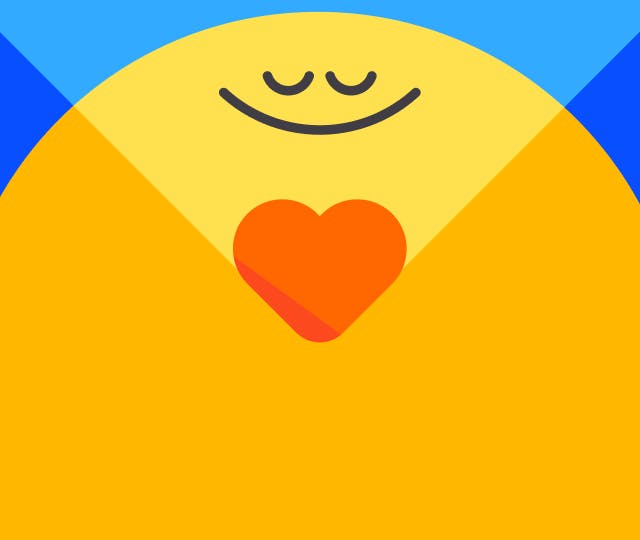Why it’s so hard to let ourselves do nothing
Megan Blandford
Jun 14, 2021
Getting things done is like a drug to so many of us: we’re addicted to the feeling of ticking items off a to-do list.
In this article

Mini-Meditation: Breathe
1 min
Of course, we strive to achieve a particular set of tasks each day, small things like cleaning the bathroom or larger tasks that get us closer to a massive goal. But this habit can become problematic if we feel tethered to a to-do list or consider every moment of the day an opportunity to do more. It wasn’t always this way. “Years ago, people had one role and one task at a time that they’d do before moving onto the next,” explains psychologist Marny Lishman. But over time, we’ve grown to expect a lot from ourselves. “Now, we multitask,” says Lishman. “We’re getting busier, and the more we do the more we get used to doing. We are all doing more.”
The productivity myth
In the evolution from single-tasking to multitasking, we’ve somehow signed on to a new belief about productivity that is not only problematic but can also encourage addictive behavior. “You feel good for being productive: it’s a dopamine release just like with any other addiction,” says Lishman. This dopamine rush increases your heart rate and blood pressure, and stimulates the nervous system; research shows that a release of dopamine also increases motivation to take on more. And so the cycle of productivity addiction continues. “While this productivity addiction might be good for a while, it’s not good for you in the long run,” says Lishman of the pressure this cycle may place on the body and mind. It might seem counterintuitive, but a cycle of constant action may end up encouraging a less productive cycle over time. “If you’re doing too much of anything, it means you’re not balancing out the rest of your life, and you end up getting frazzled,” says Lishman. “If you make some spare time, rest more and have some social time, you end up being more productive. You’re giving your brain and body a chance to restore and recharge.” Now it’s time to master the art of doing nothing.

How to do nothing
Doing nothing is a foreign concept to most of us. At best, it feels silly to relax when there’s a mile-long list waiting for your attention; at worst, you might beat yourself up about being lazy and wasting time. But it’s the key to recovering from that productivity addiction that’s spinning you around in circles. Here’s how you can learn to do nothing:
1. Become aware of your frenetic productivity.
The first step to shift any habit is to become aware of it. “If you’re on the go all the time, you need to notice that and do something about it,” Lishman suggests. “It might be that you notice you’re feeling depleted, which means it’s a good idea to stop and be less productive for a while.” Watch your frantic to-do list ticking habits, and commit to stepping back for a short time.
2. Schedule it in.
Just like you put other tasks on the calendar, doing nothing can be scheduled in too. Lishman says, “Prioritize some time in your day to stop and try to see it as being as important as being productive. Schedule your work time and some space for doing nothing in your diary.”
3. Figure out what ‘doing nothing’ means.
The idea of relaxing is different for everybody. “It can mean just sitting to stare out at nothing, and just being in the moment,” says Lishman. “Or it can mean doing something that’s just for you, something with no outcome to it, that you’re not doing for a specified reason. That could be cooking, gardening, playing with your kids or going for a walk; it’s not productive, so it switches on the relaxation response in your nervous system.”
4. Try meditating.
If doing nothing doesn’t sound like your thing, you can add something else into the mix, like meditating or listening to music. “When you have a busy mind, sitting down and doing nothing is quite hard,” says Lishman. “Meditation can help, and the more you do it, the more you’ll want to do it.”
5. Sit with the discomfort of chilling out.
Trying anything new feels uncomfortable for a while, and it’s no different when doing nothing isn’t yet a habit. “Sit in the discomfort of doing nothing, and resist the urge to do more,” Lishman says. “You’ll find it’s actually quite nice.” Doing nothing may sound like an easy way out, but it could be a ticket to recovering from a harmful productivity addiction.


Be kind to your mind
- Access the full library of 500+ meditations on everything from stress, to resilience, to compassion
- Put your mind to bed with sleep sounds, music, and wind-down exercises
- Make mindfulness a part of your daily routine with tension-releasing workouts, relaxing yoga, Focus music playlists, and more

Meditation and mindfulness for any mind, any mood, any goal

Stay in the loop
Be the first to get updates on our latest content, special offers, and new features.
By signing up, you’re agreeing to receive marketing emails from Headspace. You can unsubscribe at any time. For more details, check out our Privacy Policy.
- © 2025 Headspace Inc.
- Terms & conditions
- Privacy policy
- Consumer Health Data
- Your privacy choices
- CA Privacy Notice








